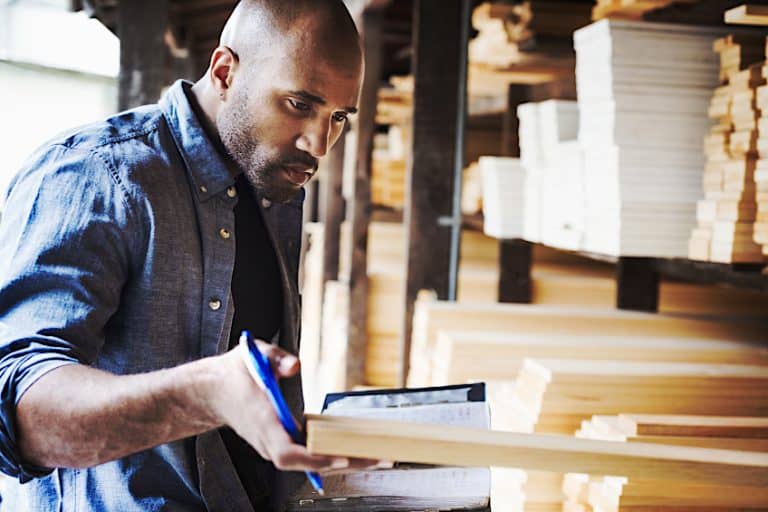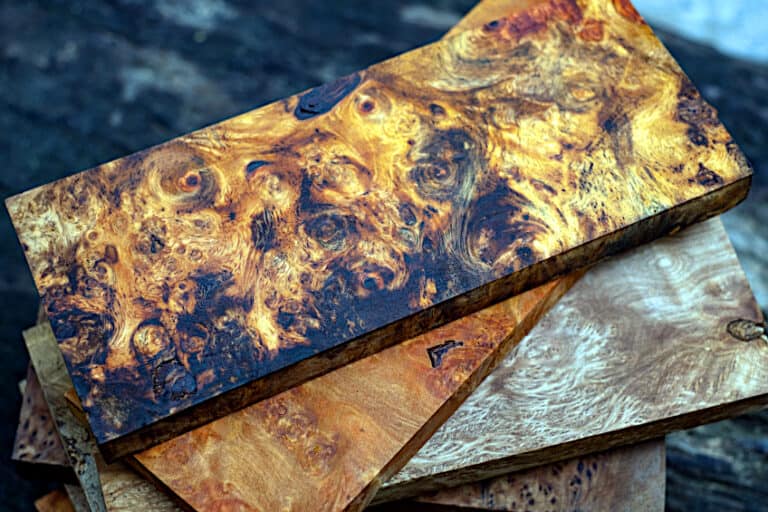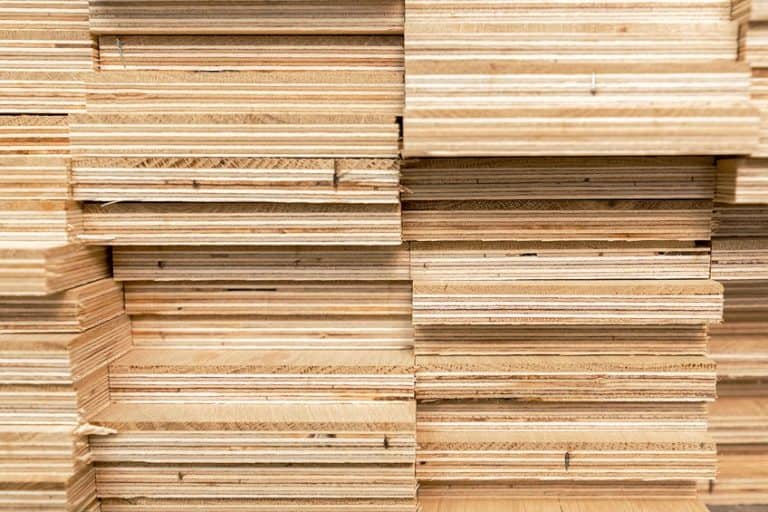How Strong Is Bamboo? – Get to Know This Versatile Material
Bamboo is one of the most versatile and ecologically sustainable materials on the face of the planet. Its tensile strength allows it to be used in the creation of food, fuel, pulp, cloth, and even furniture. There are many other applications that bamboo has been used for over the years due to its strength and durability. How strong is bamboo, though? Let’s find out exactly how strong bamboo is, what bamboo is used for, and what exactly makes this plant such a sought-after material in the construction and wood crafting industry!
Table of Contents
What Is Bamboo?
While you might be inclined to believe that bamboo is a tree, it is, in fact, a type of grass that happens to grow into a dense wood-like structure. Bamboo exists in various species all around the world, and as a result, it has been used for a wide variety of applications including cooking, construction, and even medicinal uses!
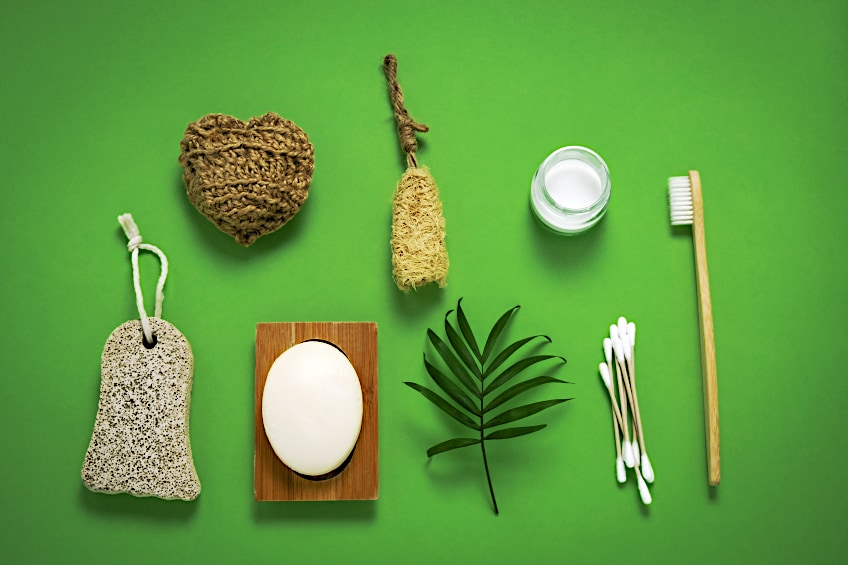
Bamboo is evergreen, which means that even though new units sprout every year the existing ones stay green all year round. Unlike similar plants, the core of a bamboo stem is hollow, which makes it easy to harvest and work with. Because bamboo is essentially a type of grass, it tends to thrive in moisture-rich environments where it grows in dense forests.
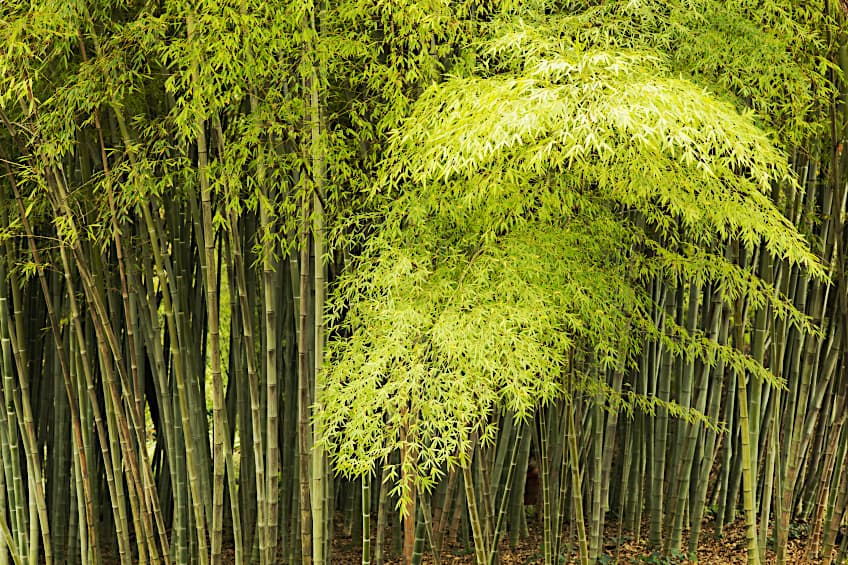
Bamboo is also surprisingly nutritious, which comes as no surprise considering the variety of animals that enjoy snacking on it. What kind of animals choose to eat bamboo you ask? Well, giant pandas, chimpanzees, golden monkeys, lemurs, gorillas, and even some worms and insects make this plant a staple part of their diets!
Physical Properties of Bamboo
How strong is bamboo? Bamboo is incredibly strong. In fact, it’s naturally stronger than many other processed construction materials used today. In this section, we’re going to have a look at some of the bamboo’s most important physical characteristics that make it one of the most popular materials for a variety of applications in the modern world.
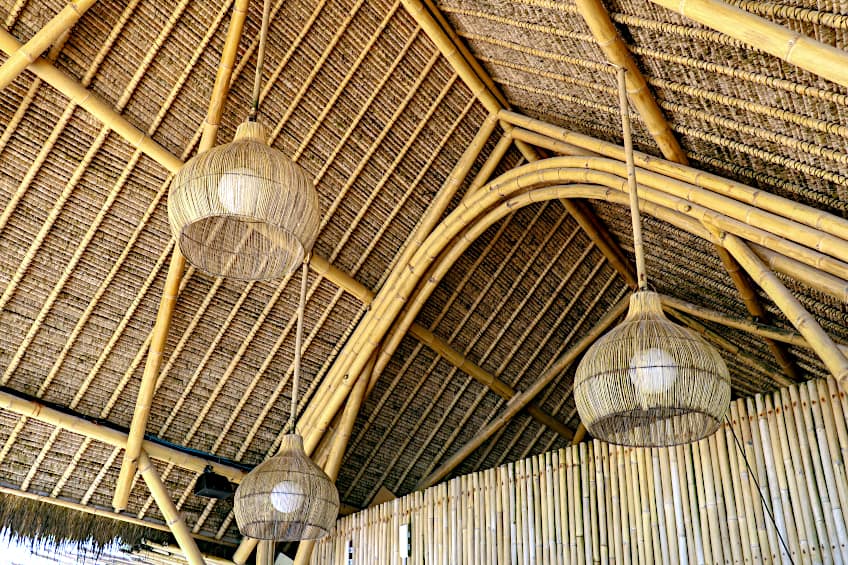
Hardness and Density
Bamboo is really hard and quite dense despite it being naturally hollow. This makes it an unexpectedly good construction material compared to more conventional ones. How hard is bamboo? On the Janka scale, bamboo measures an impressive 1,200 to 1,400 depending on the species and age of the plant.
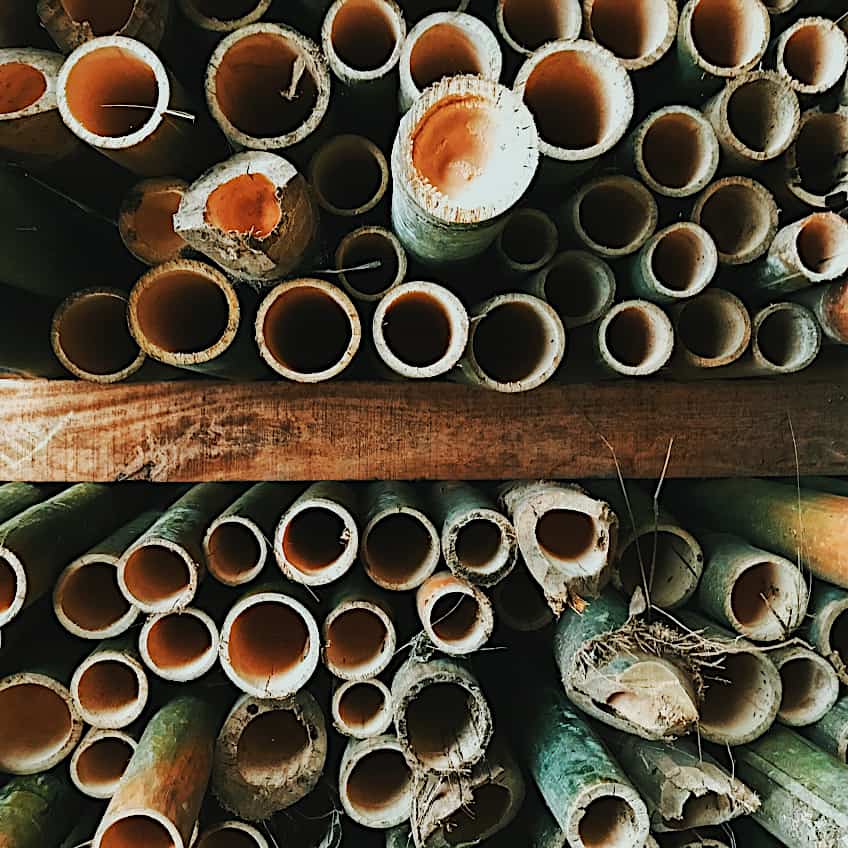
The average density of bamboo also depends on the age and species you’re dealing with, but generally speaking, bamboo can range between 0.54 to 0.78 g/cm3. If you’d like a mental picture of just how strong bamboo is, consider the fact that the compressive strength of concrete is about 2,500 PSI, whereas the compressive strength of bamboo is 14000 PSI.
Tensile Strength and Compressive Resistance
While bamboo is undoubtedly very strong, determining the exact strength can be a bit challenging. This is because the tensile strength of bamboo varies according to the age of the plant and the specific species you’re dealing with. For example, the tensile strength of Bamboo Aspus reaches around 44.36 MPa while the tensile strength of Bamboo Jawa is somewhere around 25.45 MPa.

The compressive strength and resistance of bamboo are largely the same, varying from species to species, but there are a few similarities across different species that allow us to get a rough average. On average, untreated bamboo tends to have a compressive strength/resistance of 19.96 at the bottom of the stem, and a value of 23.80 at the top.
Sustainability and Carbon Neutrality
The strength of bamboo is often discussed. Is bamboo stronger than wood? Is bamboo stronger than metal? While the answer to both of these questions is a resounding yes, the other benefits of bamboo are easily overlooked. Bamboo is inherently stronger than both of these materials, meaning there are little to no processes involved in using bamboo in place of the aforementioned materials.
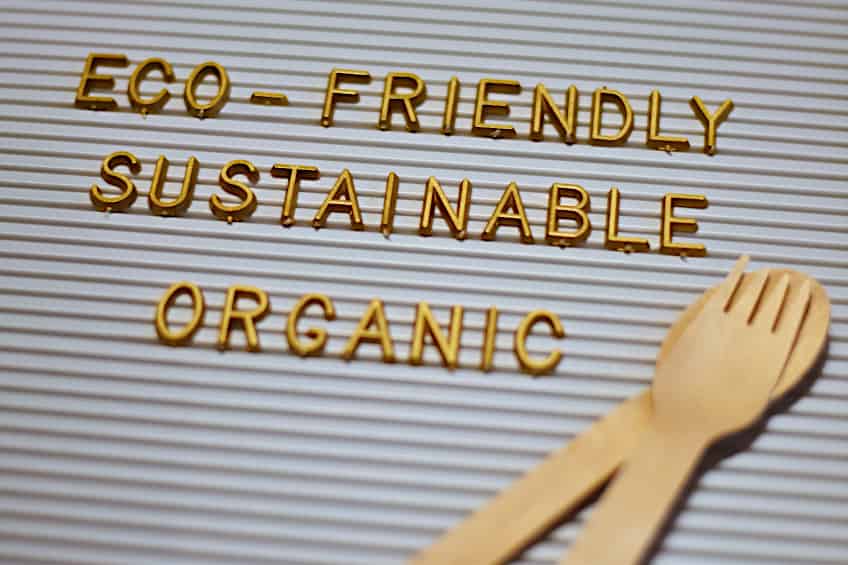
Processing metals can be a long and expensive job, not to mention the shaping and cutting needed to implement them in construction applications. Both the processing of metals and the felling of trees (which take an exceptionally long time to mature before felling) have a negative effect on the environment, while bamboo is completely biodegradable, quickly renewable, and requires minimal processing.
How Does Bamboo Compare to Other Building Materials?
Bamboo as a concept is a rather strange material considering that it has many of the qualities we look for in building materials but it’s seldom used in the western world. However, due to research and development in recent years, it is fast becoming a viable alternative to conventional building materials such as steel and wood.
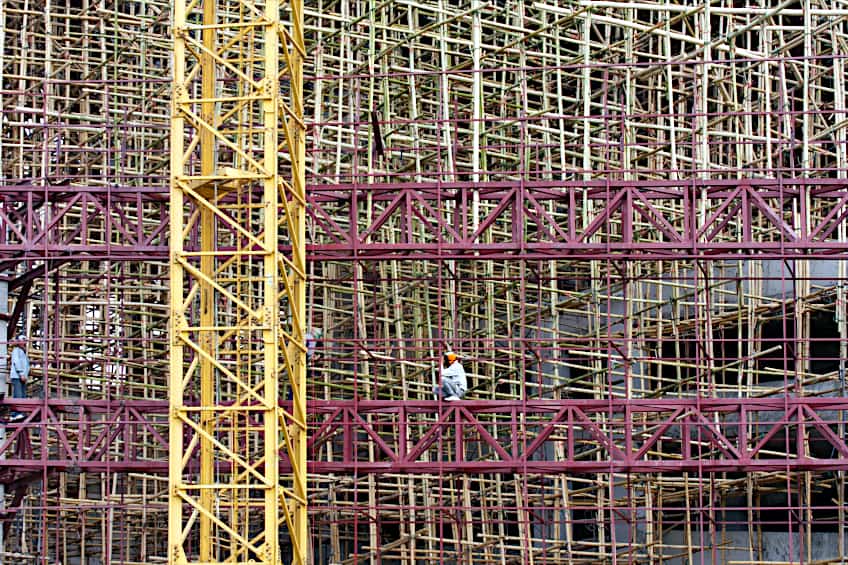
Bamboo vs. Steel
The strength of bamboo is often compared to conventional building materials. This makes sense considering that we have been using these materials for a long time. Bamboo is actually stronger than steel when it comes to tensile strength, and when processed bamboo can attain additional properties that make it even stronger and more robust. Bamboo is often referred to as “Green Steel”.
There are various processes that can be undertaken to improve or add to the inherent characteristics of bamboo. One of the most popular of these is carbonization, in which bamboo is exposed to heat in an oxygen-free environment to make it impervious to the effects of water and airborne moisture!
Bamboo vs. Wood
Bamboo is stronger than other common building materials too. Is bamboo stronger than wood though? Wood is a big part of the home construction industry in the United States, but even the many wood species available in the USA pale in comparison to bamboo. Is bamboo stronger than wood? Yes! How much so? Bamboo is four to five times stronger than virtually any conventionally used wood species on the market today.
Another popular material that we use in our everyday lives is thermoplastics and conventional plastics. These can be made as strong and as pliable as we like, but because the majority of them aren’t biodegradable, we tend to shy away from them. Bamboo, on the other hand, matches plastics pound for pound in strength and durability, plus it’s completely biodegradable!
What Are the Benefits of Bamboo as a Building Material?
While the use of bamboo as a building material in the developed world is still very much experimental, there are loads of benefits to using it for construction and woodworking applications. What are these benefits you ask? Below we’ve listed a few of the most notable benefits of using bamboo as a primary building material.
Bamboo Is Renewable and Sustainable
As we mentioned previously, bamboo is one of the most ecologically sustainable building materials on the face of the planet. There aren’t many building materials we use today that are completely biodegradable, in addition to having the incredible rigidity and flexibility that bamboo does.
Additionally, bamboo is an incredibly sustainable material. Bamboo grows really, really quickly compared to any conventionally used material. How fast does bamboo grow? Bamboo grows roughly 1.5 inches every hour. This is nearly as fast as some weeds grow during the rainy season, which means there is plenty of bamboo to go around!
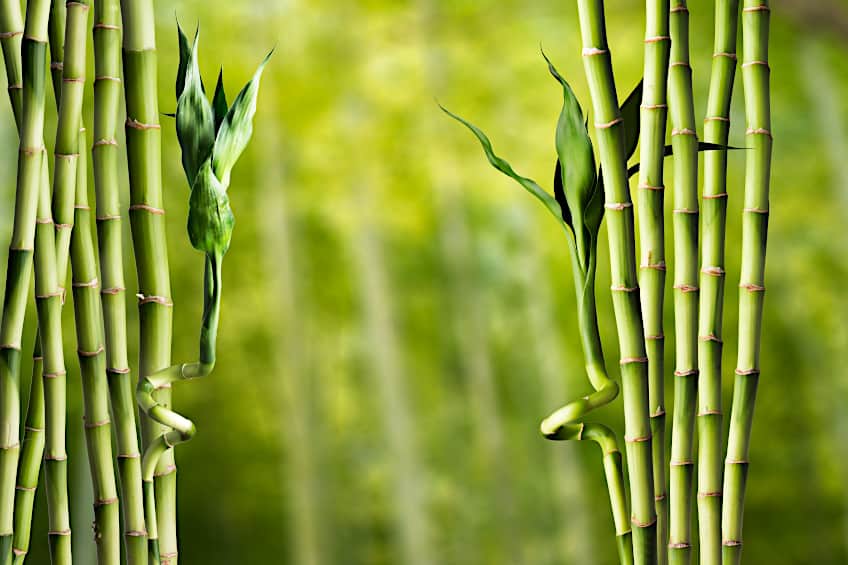
Even bamboo that cannot be used for the construction of buildings can be used for less intense load-bearing applications. Bamboo furnishings like couches, tables, and shelving are incredible to look at and are very sturdy. Another crown favorite in recent years has been bamboo flooring, which is a great alternative to conventional hardwood and engineered wood flooring.
Bamboo Is Extremely Durable
Is bamboo durable in construction applications? It’s no secret that bamboo is stronger and more durable than even the most futuristic materials like carbon fiber. However, bamboo beats out steel, conventionally used wood, and even concrete when it comes to durability, flexibility, and tensile strength as well. This begs the question: exactly how durable is bamboo and does its durability differ when treated?
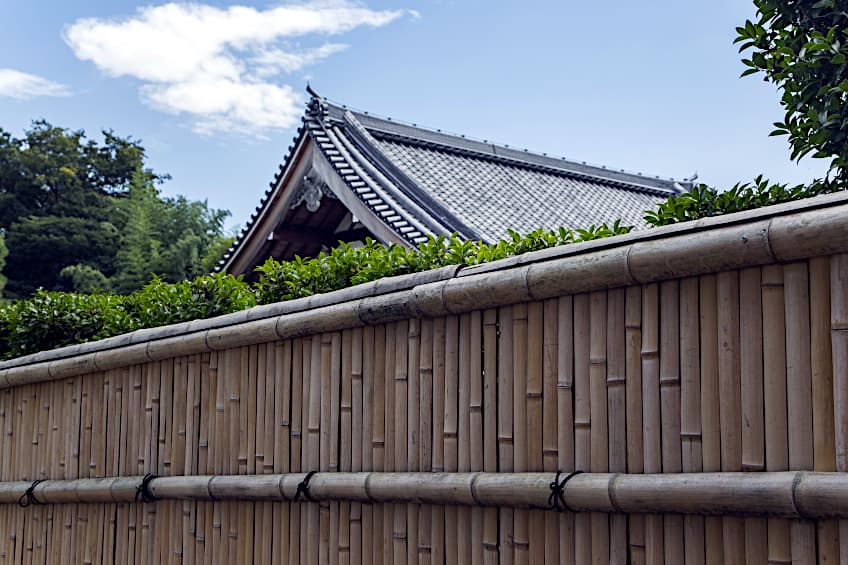
This is slightly dependent on the type of bamboo you’re dealing with and the environment it’s located in. Generally speaking though, untreated bamboo can retain its structural integrity when left outdoors for up to two years. Untreated bamboo that has been stored under cover can last for four to five years. Bamboo that has been treated and coated can last up to 30 years!
Bamboo Furnishings Look Great
While you might not be able to envision it looking at raw bamboo, bamboo actually looks great when used in the creation of furniture. Bamboo is flexible enough to be bent into incredible shapes, which has led to the creation of some of the most visually interesting furniture on the market. This in combination with its strength makes bamboo an excellent furniture-making material.
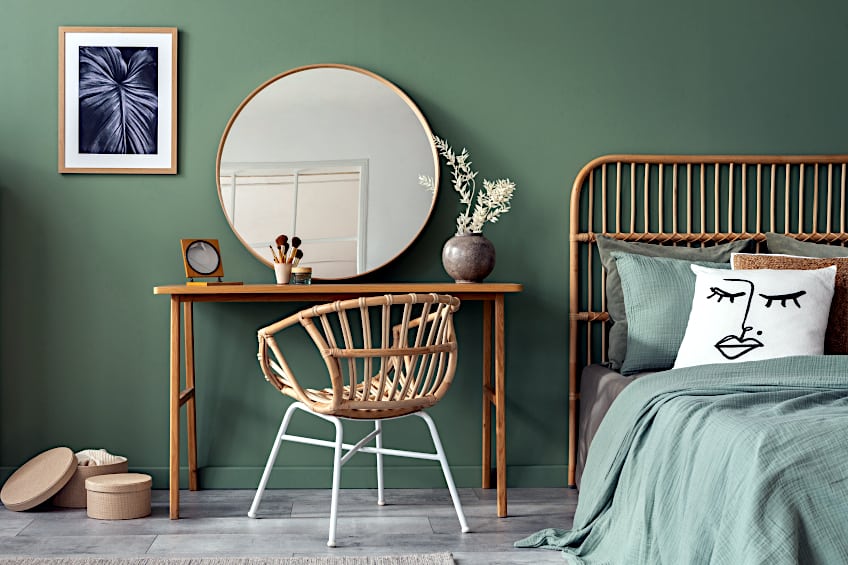
It isn’t just couches and armchairs that bamboo is used for either. Bamboo can be used to create incredible flooring too! Is bamboo strong enough for flooring? Absolutely! Bamboo flooring can last you decades if looked after well, and they often require less maintenance and overall care compared to conventionally used materials like hardwood and veneer.
What Can Bamboo Be Used To Create?
As you can see above, there are many applications for bamboo. However, there are many more that might make you question what other materials bamboo can be used to replace. That being said, let’s have a look at some of the applications in which we’re seeing bamboo being used more and more as experimentation and research with this amazing material continues.

Flooring, Cabinetry, and Furniture
Thanks to bamboo’s versatility and (relative) ease of use, it has been implemented in the creation of a variety of furniture products all over the world. Is bamboo strong enough to use in the creation of furniture? Absolutely, and thanks to how easy it is to use and how intricately it can be woven and shaped, we have seen some of the most beautiful furniture ever produced in recent years.
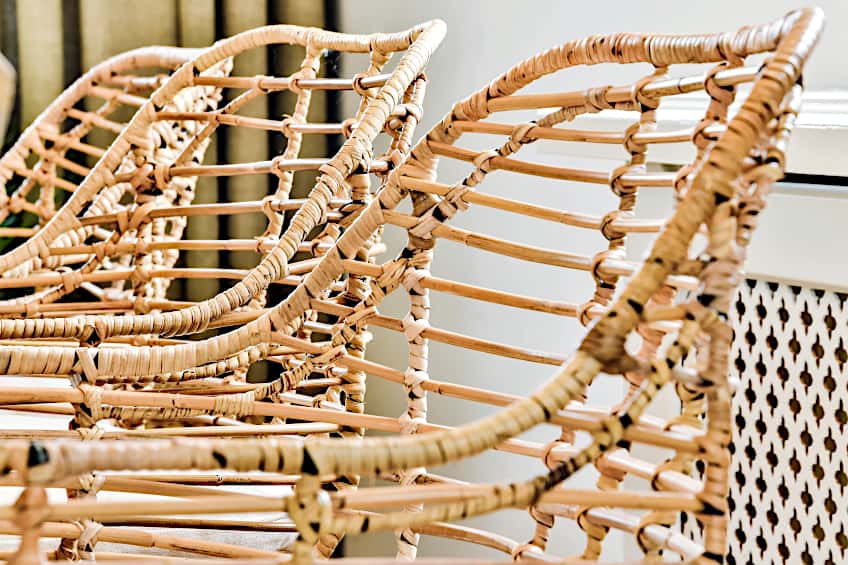
What kind of furniture can bamboo be used to create you ask? Bamboo can be used to create small furnishings like bedside tables, coffee tables, chairs for dining tables, and even frames for mirrors! Bamboo can also be used to make larger furnishings like beds, headboards, wallpaper, and cabinets, all of which can be painted and customized just like a conventional wood board.
Structural Beams and Panels
How hard is bamboo? Apparently hard enough to be used in construction applications. That’s right, bamboo is used in the construction of major monuments and buildings throughout the world thanks to its lightweight and high tensile strength. This allows bamboo to be carried from site to site and quickly erected, a feat that materials like steel and cast iron would take exponentially longer to achieve.
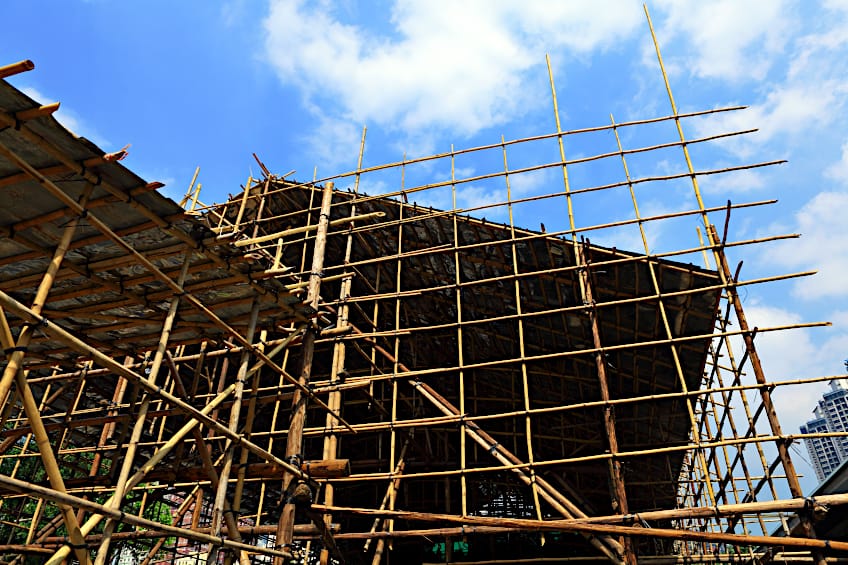
As you can see there are many things that bamboo can be used for in the construction industry. However, it doesn’t necessarily need to be used for things like scaffolding or temporary platforms. Bamboo can be used to create temporary and semi-temporary structures like structures like bridges and even the foundations for homes.
This isn’t just a miracle of modern civil engineering, but it’s a great way to create and improve low-cost housing structures in developing nations too. That being said, there are more and more companies and organizations adopting this material to take advantage of its properties for a variety of applications all over the world.
Are There Challenges to Using Bamboo?
As the saying goes, there is no such thing as the perfect material. Bamboo, like any other material, has some of the drawbacks that need to be considered if you intend on using it for a given application. What are these drawbacks though? Let’s have a look at some of the challenges associated with using bamboo in furniture creation and construction applications.
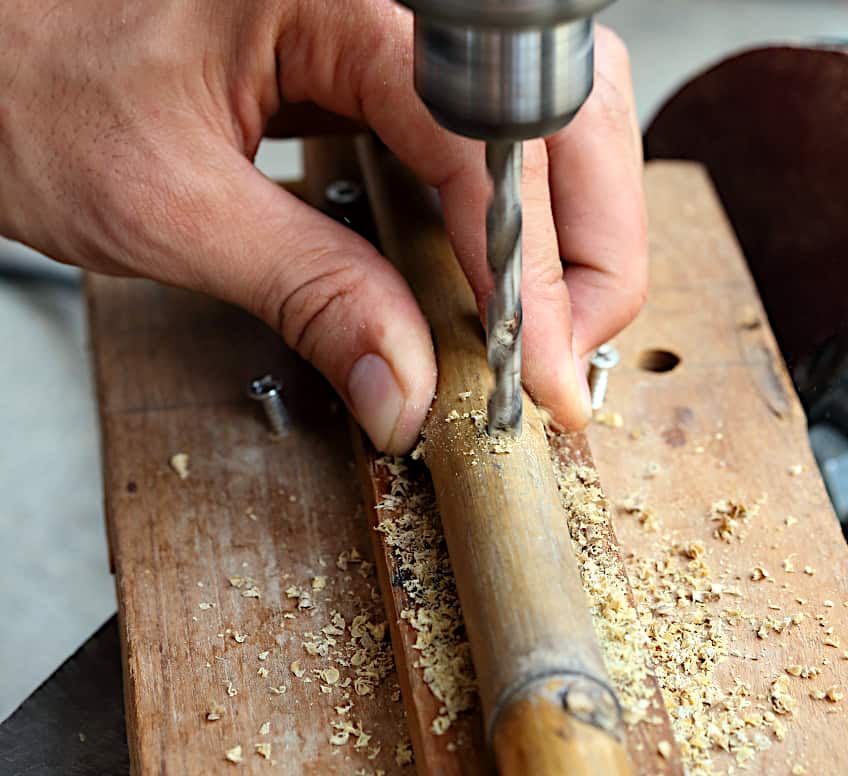
Availability and Cost
We’ve had a look at the benefits that the characteristics of bamboo offer in the furniture and construction industry. However, it should be said that bamboo can be difficult to come by in some parts of the world, even though both India and China export and grow quite a bit of the plant in massive plantations.
Another drawback when using bamboo as a construction and furniture-making material is that it can be rather expensive compared to conventionally used materials. This is linked to the rule of supply and demand under capitalism (it’s very sought after) and the fact that even though bamboo grows extremely quickly, it still takes about three years to reach a point where it’s viable.
Limited Places of Growth
The reason that most homes in the US use wooden frames and homes in Europe have brick and mortar frames are due to the availability of materials and which materials are most viable in the region based on things like weather and terrain. Bamboo is very strong, but it would not be financially viable or practical to use it in every part of the world for this application.
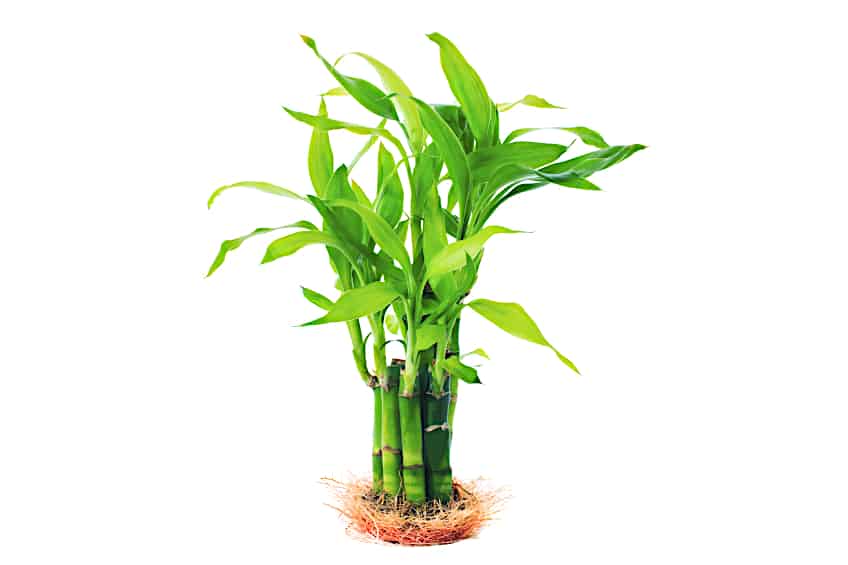
Additionally, bamboo cannot be grown everywhere. Bamboo needs deep soil that is well-drained and slightly acidic to grow well. These conditions cannot be met everywhere, resulting in bamboo only being grown in mass in certain parts of the world, which means that getting bamboo when you need it can be challenging depending on where you live.
Lack of Standardization and Quality Control
The production and processing of bamboo and bamboo products is a fairly new industry especially compared to conventional materials. That being said, just as it was during the industrial revolution, there was a lack of both quality control and standardization when it came to construction and furniture-grade bamboo.
Thankfully, as of 2019, the international organization for Standardizations (ISO) has produced a set of production standards for bamboo being used for particular applications. This has vastly improved the standards of bamboo being used in various industries, but just as with steel and wood, there are still those who try and push below-standard bamboo into the market.

Now that you know what bamboo is, how it is grown, what it is used for, how strong it is, and some of the constraints associated with using it, it’s time for you to get out there and put your newfound knowledge to the test! Bamboo is a versatile and tough material, so why not explore what you can with it for your next woodworking project?
Frequently Asked Questions
Is Bamboo Wood?
While bamboo is a useful and increasingly popular building material, there is a burning question surrounding it. Is bamboo a wood? Well, no, at least not in the same way that acacia or walnut is a wood. Bamboo is essentially a type of grass from the Poaceae family that grows to great density.
Is Working With Bamboo Difficult?
While bamboo is becoming more popular, those who have never worked with it might be apprehensive. Is working with bamboo difficult? Simply, no. Bamboo is relatively easy to work with, but processing and shaping it can prove to be wildly different compared to conventional hardwood species.
Can You Use Bamboo for Woodworking?
While we’re sure that you’ve seen bamboo being used to create scaffolding and bridges, have you ever wondered if it can be used for woodworking? If you have, you’ll be glad to know that using bamboo for woodworking is entirely possible and allows you to make quite interesting workpieces.

I have been into woodworking since 2005 and woodturning since 2011. Because of my love for wood and woodworking, I started woodhappen.com to teach other enthusiasts about how to finish and seal wood, the best woodworking tools, the different types of wood, and everything else related to woodworking! Read more about me here.


